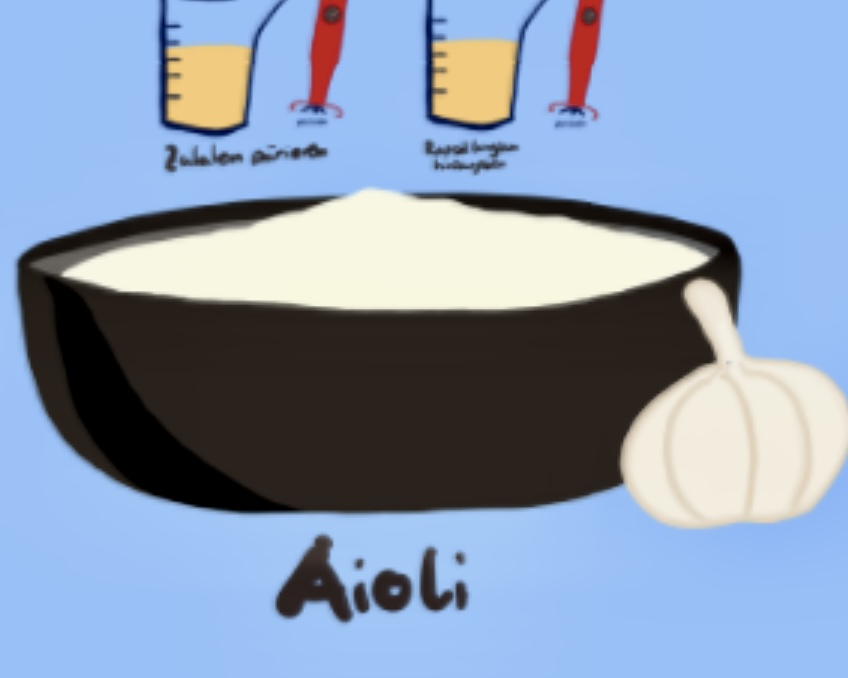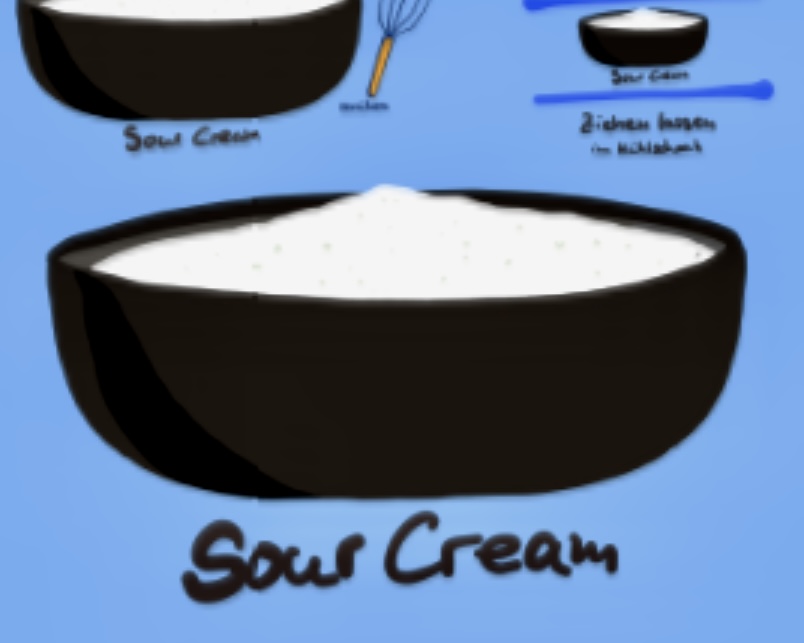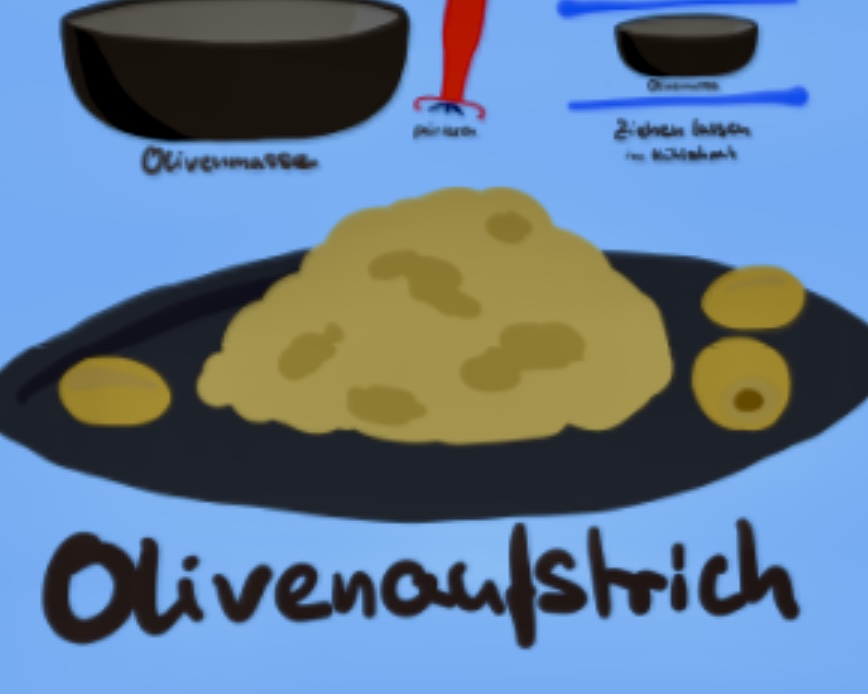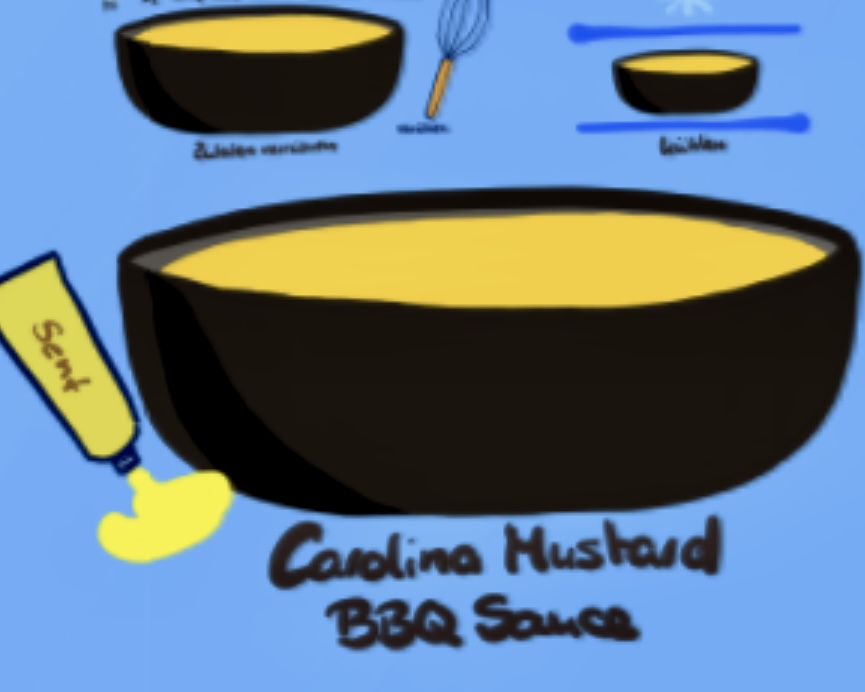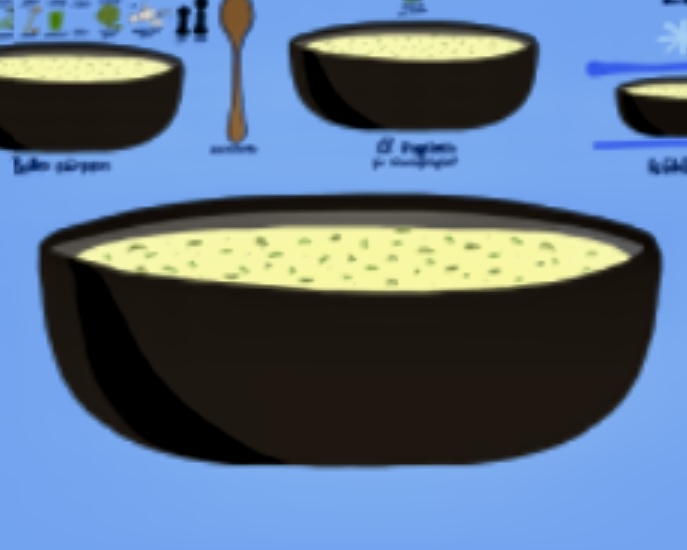Creamy Mayonnaise Dip Recipe
Creamy and versatile dip, perfect for vegetables, fries, or sandwiches.Instructions: Tap the Map & Cook Along 👇
Mayonnaise: The Versatile Culinary Hero
In the colorful world of condiments, where each addition to a dish brings its unique flare and flavor, mayonnaise stands out as a versatile culinary hero. This creamy, silky smooth sauce, often just a supporting character in sandwiches and salads, is indeed a cornerstone of countless cuisines around the world. Let’s delve into the rich history, the simple yet fascinating science behind its creation, and the boundless versatility that makes mayonnaise a staple in kitchens far and wide.
A Spoonful of History
The origins of mayonnaise are a topic of culinary debate, with tales of its creation dating back to the 18th century. Some stories attribute its invention to the French, while others credit the Spanish. Regardless of its true birthplace, mayonnaise quickly became a beloved addition to European tables and, eventually, spread its creamy wings across the globe. Today, it is celebrated in its many forms, from the classic recipe to myriad variations infused with flavors from different cultures.
The Science of Emulsion
At its heart, mayonnaise is a triumph of culinary science — an emulsion of oil, egg yolk, and an acid, either vinegar or lemon juice. The magic lies in the mixing process, where the vigorous whisking of these ingredients leads to the suspension of oil droplets in the egg yolk, creating a stable emulsion. This process, while simple, requires precision and patience, as the slow addition of oil is key to achieving the perfect creamy consistency. The result is a sauce that is both rich and delicate, capable of enhancing a wide array of dishes.
Beyond the Sandwich
While mayonnaise is often relegated to the role of sandwich spread or salad dressing, its culinary potential is immense. It serves as the base for countless other sauces and dressings, from aioli to remoulade, each variation offering a new dimension of flavor. Mayonnaise can transform grilled meats, adding moisture and a flavorful crust when used as a marinade or finishing sauce. It's also the secret ingredient in luscious baked goods, providing a tender crumb to cakes and bread.
A Canvas for Flavor
One of the most exciting aspects of mayonnaise is its adaptability. With its mild flavor profile, mayonnaise is the perfect canvas for experimentation. By incorporating ingredients such as herbs, spices, garlic, or even wasabi, you can create a custom condiment that elevates any meal. Whether it's a spicy chipotle mayo for tacos, a zesty lemon dill mayo for fish, or a sweet and tangy honey mustard mayo for sandwiches, the possibilities are as limitless as your imagination.
A Global Affair
Mayonnaise has made its mark on global cuisine, embraced and adapted by cultures around the world. In Japan, Kewpie mayonnaise adds a tangy richness to sushi and okonomiyaki. In Russia, it's a key component of the traditional Olivier salad. Across Latin America, mayo finds its way into everything from street corn to seafood. This global affection for mayonnaise speaks to its universal appeal and the way it can bring a touch of indulgence to the simplest of dishes.
Conclusion
Mayonnaise is more than just a condiment; it's a culinary tool that wields the power to transform. Its creamy texture and subtle flavor make it an indispensable part of the kitchen arsenal, ready to enhance any dish it accompanies. Whether you're crafting a homemade batch infused with your favorite flavors or exploring its uses beyond the bread and lettuce, mayonnaise invites you to celebrate the joy of cooking and the pleasures of a well-dressed meal. So, the next time you reach for that jar of mayonnaise, remember the vast culinary landscape it represents and let your taste buds embark on an adventure.
